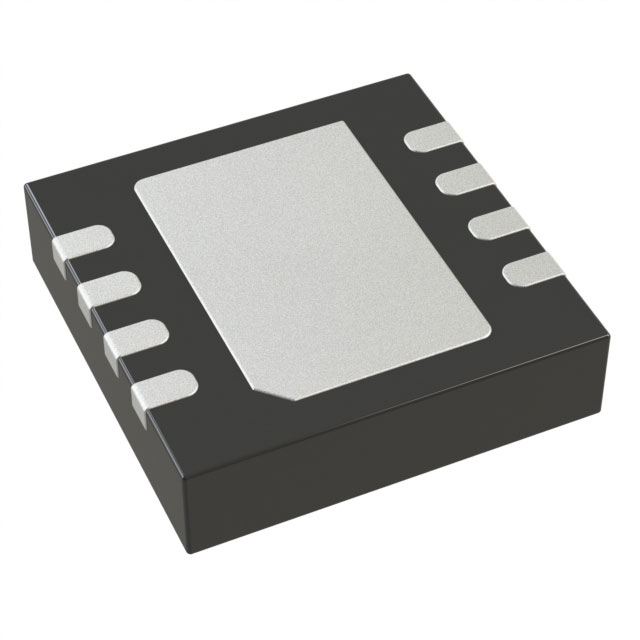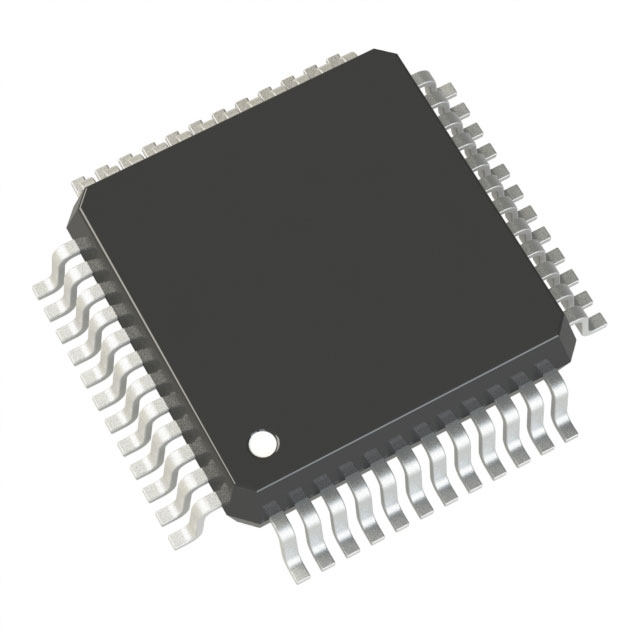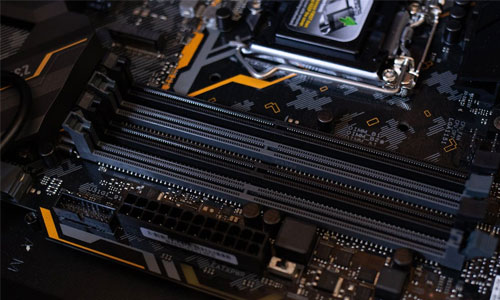
Leading electronic systems sector meets increasing constraints through today's volatile sector. From deficits disturbances fluctuations across the transnational supply chain to fast continually changing amplified innovation breakthroughs, acquiring necessary modules is now intricate. To navigate prevail conquer aforementioned issues, modern acquisition platforms are debuting overhauling industry dynamics. Those innovative modern enhanced platforms tap into cognitive computing ML systems information analytics for the purpose of optimize automate boost procurement workflows, extending from supplier discovery evaluation unearthing all the way to order execution transportation transport.
- Real time view tracking capabilities supervision into inventory levels on-shelf stock availability status
- Efficient procurements order management purchase workflows protocols
- Analytics-backed Insights-based recommendations automated recommendations future estimates
Through the use of supporting enabling greater transparency partnership dialogue across the entire supply chain, the aforementioned solutions supporting assisting sustaining businesses to mitigate curb bring down risks, refine hone efficiency, and accomplish achieve a competitive-edge strategic sustainable advantage.
Forging Sourcing Partnerships: Strengthening Procurement Ecosystems
Within the rapidly moving electronics sector, any company's success depends on sourcing crucial parts quickly and dependably.
Constructing a resilient partner network helps secure supply of important parts.
A deliberately designed supplier ecosystem yields many advantages such as:
- Optimized sourcing workflows that shorten delivery time and cut expenses.
- Access to a wider range of components and technologies.
- Tightened quality management through collaborative supplier work.
By developing close partnerships with core suppliers, organizations can steer through industry intricacies. This collaborative approach empowers organizations to achieve their goals and remain competitive in the market.
Microcontroller Solutions: Enabling New Electronic Possibilities
Tiny on-board ICs power unmatched advances throughout the sector. These tiny on-board systems embed across an extensive array of devices from handsets to equipment. Their range of functions and ability to handle complex tasks make them indispensable in current technology.
Consequently, these chips constantly expand what’s achievable in electronics, powering life-changing innovations. They accelerate size reduction and power savings, unlocking broader application opportunities.
- Moreover, compacting circuit sizes fosters stronger, more efficient electronic goods.
- Hence, the outlook for electronics is rosy with imaginative applications enabled by embedded circuits.
Tomorrow’s Tech: Emerging Electronics Trends
The realm of electronics keeps changing rapidly as innovative technologies surface at record speed. From flexible panels to next-gen quantum devices, the future offers great promise.
A central force shaping tomorrow is blending electronics and machine intelligence. Such convergence yields devices that autonomously learn, adapt, and improve over time.
Also, market appetite for greener electronics keeps climbing. Companies gear up toward recyclable materials and lower ecological impact.
- Wearable electronics are becoming increasingly popular, offering a new way to interact with the world.
- Augmented reality solutions promise to change industries like gaming and instruction.
- Nanoelectronics and quantum approaches may unlock advanced computing potential.

Streamlining Procurement
In the present electronics landscape, reliable component sourcing is critical. Intelligent sourcing transcends merely chasing the cheapest option. They follow holistic procurement that builds supplier trust, ensures timely fulfillment and minimizes supply interruptions. Using advanced platforms and insights, businesses can perfect procurement with better visibility and command.
A sound acquisition strategy must contain several key facets:
* **Vendor Screening and Selection:** Comprehensively assessing vendors on reputation, fiscal stability, quality assurance and delivery metrics. * **Contract Negotiation:** Negotiating terms that align cost and quality while clarifying payment, lead times and obligations. * **Logistics & Supply Management:** Putting in place reliable tools to manage stock levels, anticipate demand changes and counter disruptions.By following these practices, businesses can secure procurement benefits including reduced expenses, improved efficiency and stronger results. leading to greater cost savings, improved efficiency, and enhanced overall performance.
Automation for Procurement Efficiency
In today's dynamic electronics landscape, procuring electronic components efficiently is paramount for businesses aiming to maximize production and stay ahead of the curve. Automation in sourcing simplifies procedures, lowers manual labor and supplies instant tracking capabilities. Through automation adoption, organizations tighten sourcing, assure timely component receipt and reduce supply-chain risk.
Global Sourcing Strategies for Components
Within the fast-changing tech environment, obtaining components is essential for companies big and small. Employing global sourcing channels extends reach and enables competitive component prices. Cross-border procurement provides numerous advantages. Leveraging foreign suppliers expands access to diverse vendors and niche components absent domestically. Moreover, favorable international pricing can cut procurement expenses substantially. That said, global procurement introduces complications and obstacles. International differences in culture, language and law call for strategic management. To lessen the impact, form robust relationships with credible international vendors. Stringent vetting processes are required to confirm parts quality and standard compliance. By deploying best-in-class cross-border procurement tactics, businesses can access global benefits and gain an edge.
Embedded IC Selection: Best Practices Guide
Amid quick technological change, embedded circuits are rising in importance across sectors. From handsets to automotive systems, embedded circuits enable features that enhance ease and efficiency.
Selecting the appropriate EIC for an application may be complicated. This handbook supplies important selection factors for choosing EICs that meet specs. Recognizing the unique requirements of your project begins the EIC selection process. Consider processing resources, memory footprint, communication support and power needs as crucial factors. Furthermore, consider the environmental conditions your EIC will face, such as temperature range, vibration, and humidity. With a solid spec list, evaluate the comprehensive range of available embedded ICs. Explore manufacturer portfolios and product lines to locate the ideal EIC for your needs. Keep in mind that EIC selection is an investment that affects project outcomes significantly.
Embedded Silicon: Solutions for Complex IC Challenges
Embedded circuits underpin myriad devices, from everyday handsets to advanced medical systems. These tiny integrated parts host multiple capabilities on a single die, enabling smooth system operation. Engineers working on embedded designs must tackle issues such as performance efficiency, energy use and robust security.
The IoT Revolution: Electronics Components Powering a Connected World
The IoT revolution rapidly redefines everyday life and systems. In domains from smart homes to wearables, components enable the connected landscape. Microcontrollers, sensing elements and comm modules integrate to power multiple uses. Tiny sensor and compute units capture, process and transmit environmental data over networks.
As implementation of IoT expands, component demand will surge further. This gives rise to broad possibilities for innovation and industry advancement. New materials, designs, and manufacturing processes are SPH0644HM4H-1-8 constantly emerging to meet the evolving needs of the IoT market. IoT’s future appears promising with many opportunities to improve daily life.
Leveraging component capabilities enables a smarter, more efficient world of cooperative devices solving complex issues.
Green Purchasing for Electronics: Sustainable Practices
In the current tech surge, demand for electronics keeps climbing. Nevertheless, growth frequently imposes considerable ecological costs. Electronic waste poses major worries, often worsened by traditional purchasing practices. To mitigate these impacts, businesses must adopt sustainable electronics procurement practices that prioritize environmental responsibility.
- Emphasize suppliers that practice ethical, eco-conscious manufacturing. Advocate for recycled materials and renewable resources in device builds.
- Choose electronics with long life and reparable architecture to minimize e-waste.
- Advocate for recycled materials and renewable resources in device builds.

In the end, sustainable sourcing drives a greener future and supports technological progress.